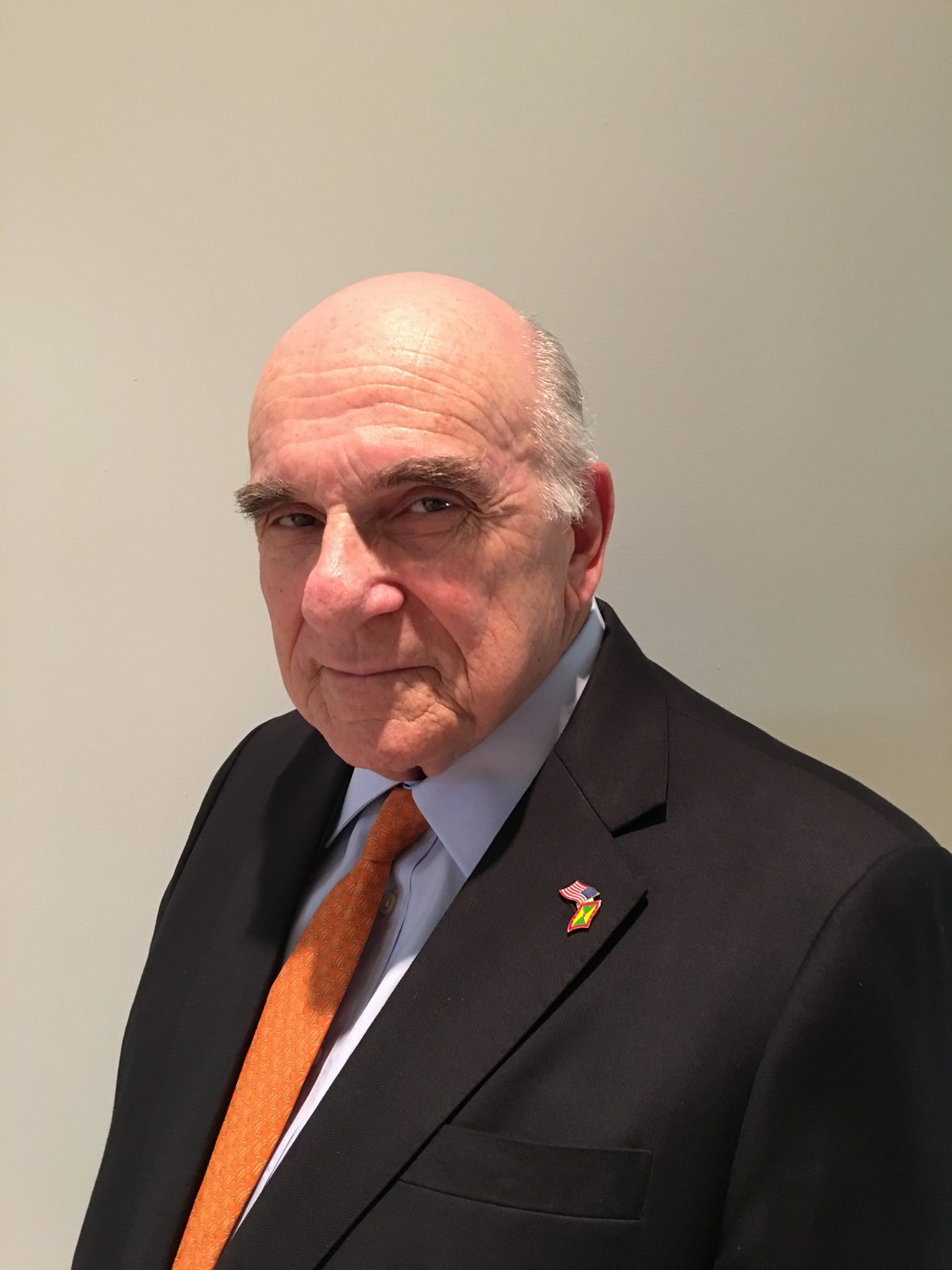International medical graduates good for America
Doctors are becoming an endangered species. By 2030, the United States could be short 43,000 primary-care physicians.
U.S. medical schools have acknowledged the problem, but they’re not doing much to solve it. Among last year’s graduates of American M.D. programs, fewer than 9 percent went into family-medicine residencies.
Yet, these institutions are trying to keep graduates of international medical schools – even those with training in primary care – from practicing in the United States.
That has to change. International medical graduates are a vital part of America’s physician force. Closing the U.S. primary-care gap will require more of them – not fewer.
U.S. medical schools have done little to address the issue. Two-thirds of graduates of U.S. med schools pursue careers in specialty care.
It’s hard to blame them. Specialists typically make more money. In 2015, the median annual salary for a specialist was roughly $425,000, compared to $250,000 for a primary care doctor.
So, it’s no surprise that U.S. med schools are failing to turn out enough primary-care doctors to meet the nation’s demand.
It is surprising, however, that they’re trying to prevent international medical schools from supplying the doctors that America needs.
The leaders of several medical schools in New York recently called for restricting international medical students from U.S. clinical training sites and denying them federal loans. They claim that students educated abroad receive subpar training – and are unqualified to practice in the United States.
That makes little sense. Nearly one-quarter of active physicians in the United States graduated from international medical schools.
International medical graduates are held to the same standards as their American counterparts. Both must pass the United States Medical License Examination. In fact, test-takers from the international school where I work, St. George’s University, pass the exam at equal to or higher rates than their U.S.-educated peers.
In many cases, international medical graduates deliver a higher standard of care than doctors educated in the United States. A study by researchers at Harvard’s School of Public Health found that Medicare patients treated by internationally trained doctors had lower 30-day mortality rates following hospital admission than those treated by American-educated physicians.
Critics of international med schools assert that their students take clinical-training and residency slots from U.S. students. But most international medical graduates are Americans. U.S. citizens and permanent residents make up 74 percent of St. George’s 2016 entering class and 83 percent of the student body at Ross University, on the Caribbean island of Dominica.
These students should have as much a right to practice in their home country as graduates of U.S. schools.
In fact, America should be begging international medical graduates to come. They’re more likely to practice where there’s the greatest need for physicians.
More than 56 percent of Caribbean-educated medical students – and 75 percent at St. George’s University alone – choose primary care specialties, compared with less than one-third of U.S. graduates. Forty-one percent of third-year residents in internal medicine studied at an international medical school.
International medical graduates are also 70 percent more likely to practice in non-urban areas. And they take on more Medicaid and Medicare patients than U.S.-trained doctors.
America faces a shortage of primary-care doctors. Yet the U.S. medical establishment seems hell-bent on turning away thousands of qualified graduates eager to fill that shortage.
Such antipathy toward doctors who have trained abroad isn’t just irrational; it’s hazardous to the health of Americans.
Fred M. Jacobs, M.D., J.D., is Executive Vice President of St. George’s University. He is the former Commissioner of the New Jersey Department of Health and Senior Services.








